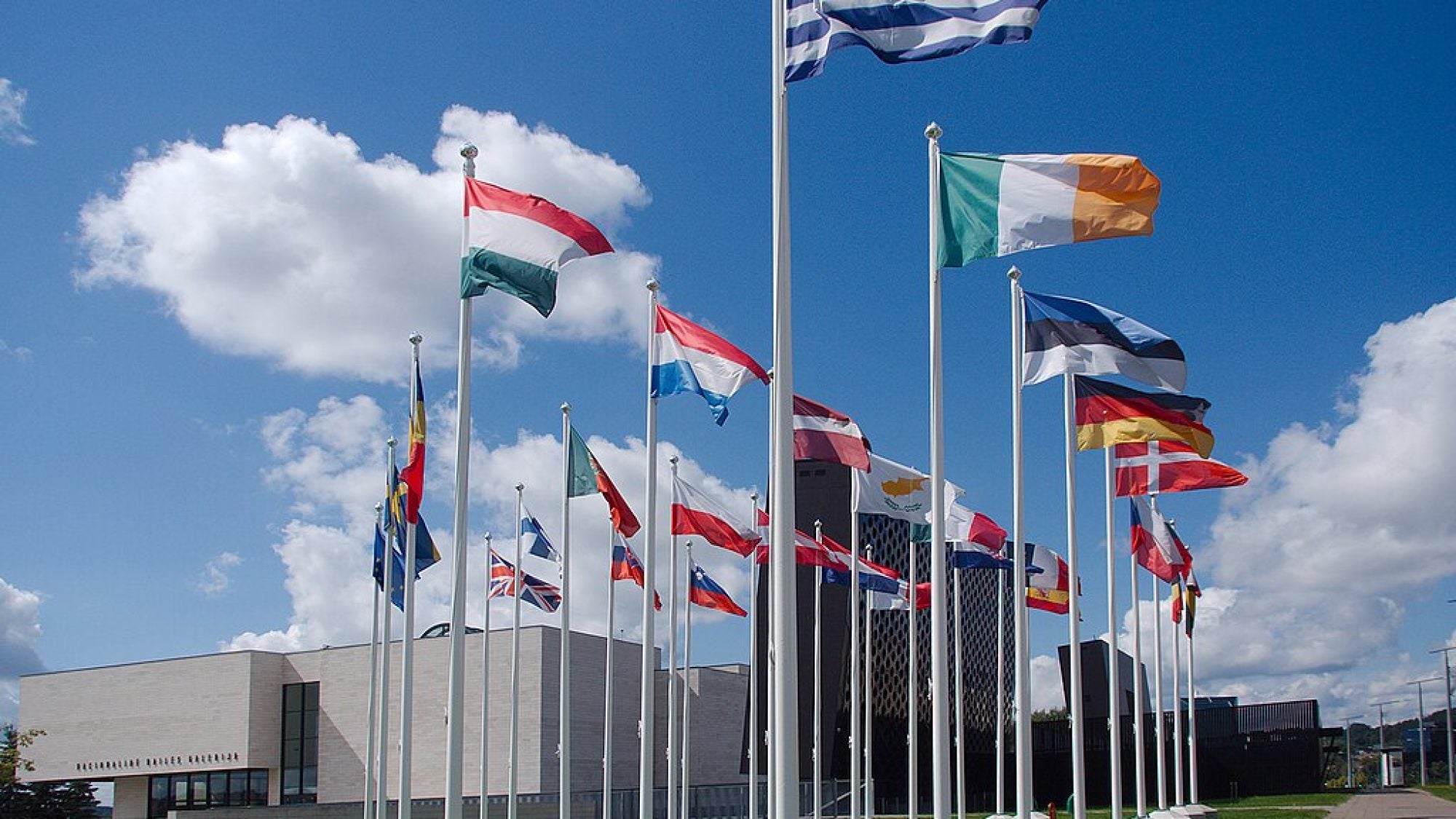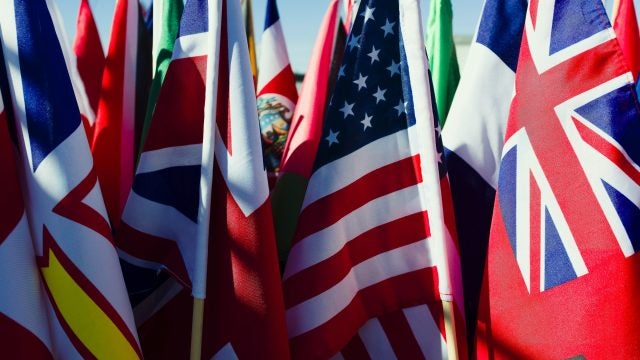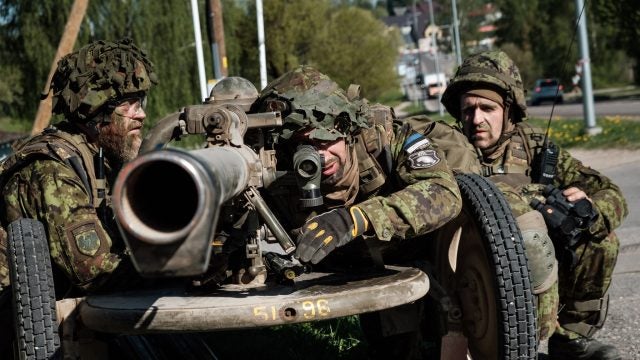
Title: Forum: The Integration of Regions
Regional integration and regional organizations are two sides of the same coin although at times stamped with different metals. Regional organizations are often characterized by different levels of integration, and an integrated region can present itself in various ways with regards to security integration, environmental protection integration, and economic and trade integration. In other words, we lack a reference system or scale to determine the “extension” (as a logic theorist would say) of the integration process. The reason is that between the Westphalian Nation-State willing to collaborate with its neighbors and a complete federal union, we can find several models and historical examples of political and economic integration, sectorial or functional, military or trade-oriented.
In this crowded context, it is meritorious to devote this Journal’s Forum to such an important matter that characterizes contemporary international relations (in the wider sense of the noun “relations”).
First I must confess that I felt a sense of embarrassment reading the punctual remarks made by Fredrik Söderbaum in his article about Rethinking Regions and Regionalism. His point that there are two major methodological problems when dealing with regionalism – parochialism and the failure to conceptualize regional space – deserves careful consideration and a sort of mea culpa by the historians of the European Integration process (or, as the French say, “construction”).
Of course, like many other European colleagues, I grew up professionally and culturally within that parochial- ism that is the subject of Söderbaum’s complaint. Too often scholars of the European integration process have regarded the European experience as a universal point of arrival. This is an attitude very similar to that of the theorists of the centrality of the Nation-State in the nineteenth century. The Nation-State was then considered the point of arrival of every significant social and institutional experience. Similarly, in a sense, the process of European integration has erroneously become the benchmark of any other process of integration, even when a comparison is hardly possible.
The solution proposed by Söderbaum – to increase comparative studies of different regional integration experiences – is an interesting point of discussion. However, the question arises whether there are enough instruments, tools, and sensibilities to make sense and to give meaning to such comparisons. To compare means to examine similar objects, or at least things belonging to the same order, or species. I do not think it can be considered parochialism to sustain that a European exceptionalism exists in the field of regional integration, similarly to an American exceptionalism in the field of International Relations. There exists no other example of regional integration that spans from the sectorial beginning of economic integration (the European Steel and Coal Community in 1950-1952) to the pre-federal result of the common currency and the creation of a central bank not controlled by any national power. It is a situation that is, perhaps, at the base of the present crisis of credibility for the future of the Union, but one that certainly needs to evolve into “something” different in both the institutional and political domain. Whether this evolution goes in the direction of further deepening or pulling back the level of integration is an open-ended question. In the meanwhile, I think that if it is pretentious to force the rest of the regional integration phenomena to observe the rules and to conform to the EU characteristics, an alternate subtle kind of parochialism would be to sustain that the EU is a typical kind of regional integration similar to those that are analyzed in this issue. This problem is the subject, in some ways, of Luk Van Langenhove’s article, The Unity and Diversity in Regional Integration Studies and is, in some ways, complementary to Söderbaum’s piece. These are two contributions that I will likely use next September for my first year students in my courses on the History of European Integration to fight the cultural and academic tendency to affirm the European teleology of the “victorious future” of the European Union. Van Langenhove’s view regarding the “social construction” of regional integration helps to go beyond the idea of regional integration based solely upon intergovernmental initiatives and will. Such a view can help overcome any constraints imposed by sectorial studies and enrich the study of how political movements, intellectual elites, political and social forces, and trade unions, promote – or hinder – regional integration processes. These two contributions prepare the reader for the subsequent essays that are centered on regional integration case studies of great interest.
Klaus Dodds presents the case of the Arctic Council as Regional Body that reveals the centrality of the issue of the exploitation of the Arctic’s resources against the problem of the actors – the Arctic States – that want to maintain their security and sovereignty prerogatives. The Arctic Council (AC) is a very young organization (created in 1996) and brought together not only the Arctic States but also observers states such as Germany, the United Kingdom, China, Japan, India, and South Korea. The AC, in its development and in its dynamics, represents the limits of an organization that essentially lacks the power to intervene as well as the ability to pressure its members to conform to certain behaviors. In an area so crucial to the future of the Arctic environment as the exploitation of natural resources, the AC can surely serve as a forum for discussions. For the time being, however, it lacks the tools necessary to do anything more than give recommendations. Dodds recounts the short history of the AC and shows that there are two major problems within this institution itself: institutional evolution and member- ship. Both are issues that can paralyze or reduce the influence and the activity of the AC. The AC may perhaps serve to avoid a next cold war in the Arctic but, at the moment, it still seems short of supranational powers. And this is a matter which is a primary question for an international organization. That is, whether the organization is able to assert its authority and its decisions over Member States.
The second case study presented is by Stephen Blank on the Shanghai Cooperation Organization (SCO). This is a very strange animal in the family of International Organizations. The Shanghai Cooperation Organization was created on China’s initiative in 2001,involving Russia and other states resulting from the dissolution of the USSR in 1991. This organization was founded with the aim of increasing the overall level of security in the Asian region, which is particularly delicate. However, as it is clear from Blank’s article, the SCO has never actually succeeded in clarifying what it is. One problem is that China and Russia believe that the SCO has different goals, and this is, of course, a major argument in the context of the Eurasian relations. Russia, for instance, can play a decisive role in ensuring security in the area. For this reason Russia has tried to transform the SCO, which has a weak institutional structure, into a formal military alliance. This attempt, however, has been thwarted by China. For its part China sees the SCO as a commercial organization that can help guarantee Chinese penetration in the Eurasian area. Likewise, this perspective has been opposed by Russia, which has tried to halt China’s commercial initiatives. With this diversity of positions, it is quite clear that the SCO can evolve only with better relations between the two main players. This opens an interesting discussion on the possible cross-fertilization between military and economic domains that “ambiguous” organizations, such as the SCO, can play until it is clear what their real, and accepted, function is.
Last but not least Mathew Davies introduces us to ASEAN in the field of the Human Rights protection, in his article The ASEAN Synthesis. In particular Davies analyzes the process of the elaboration and the definition of the ASEAN Human Rights Declaration (AHRD). According to Davies there are two orders of problems at the base of the AHRD negotiations: at times a bitter debate between progressive and traditionalist members to define the extent of the AHRD in the cultural and social context of South-East Asia; the influence of the old-style principle of non-intervention while still trying to define ways and instruments to make the Human Rights protection effective. This is a contribution of great interest to deal with the problem of a set of values – the human rights as intended in the Western cultural and political tradition – that are declined in some diverse ways out of the Western hemisphere, thus presenting the necessity to cope with complexity.
As you finish reading this challenging panoply of articles you feel that you have also been introduced to a wide presentation that goes beyond the limits of the Eurocentric mantra of one regional integration model(that sometimes has been declined in a Euro-U.S. special-relationship refrain). In this issue, in fact, both methodological reflections and concrete examples are analyzed, thus offering different views of the variety of regional integration organizations. It would be interesting to continue to analyze this important and central topic for the future evolution of international relations, devoting some attention to other examples as well. For instance the role played (or not played) by the Arab League in the Middle East conflicts (historical and recent) or the ECOWAS-CEDEAO and MERCOSUR economic nature and political ambitions. Of course there is always room to do so in a future issue, and this Journal would be a great place for such a dialogue… (purchase article…)
Image Credit: Šarūnas Burdulis, CC BY-SA 2.0 <https://creativecommons.org/licenses/by-sa/2.0>, via Wikimedia Commons
This is an archived article. While every effort is made to conserve hyperlinks and information, GJIA’s archived content sources online content between 2011 – 2019 which may no longer be accessible or correct.
More News

On May 20, 2025, the World Health Assembly unanimously adopted the World Health Organization (WHO) Pandemic Agreement, an international treaty designed to strengthen pandemic prevention, preparedness, and…

As the Trump administration proposes a sweeping overhaul of the US foreign assistance architecture by dismantling USAID, the Millennium Challenge Corporation (MCC), and restructuring the State Department, there is an…

The Trump administration’s abandonment of allies and embrace of Putin’s Russia has raised pressing questions about whether Estonia, Latvia, and Lithuania can continue to rely on NATO for…